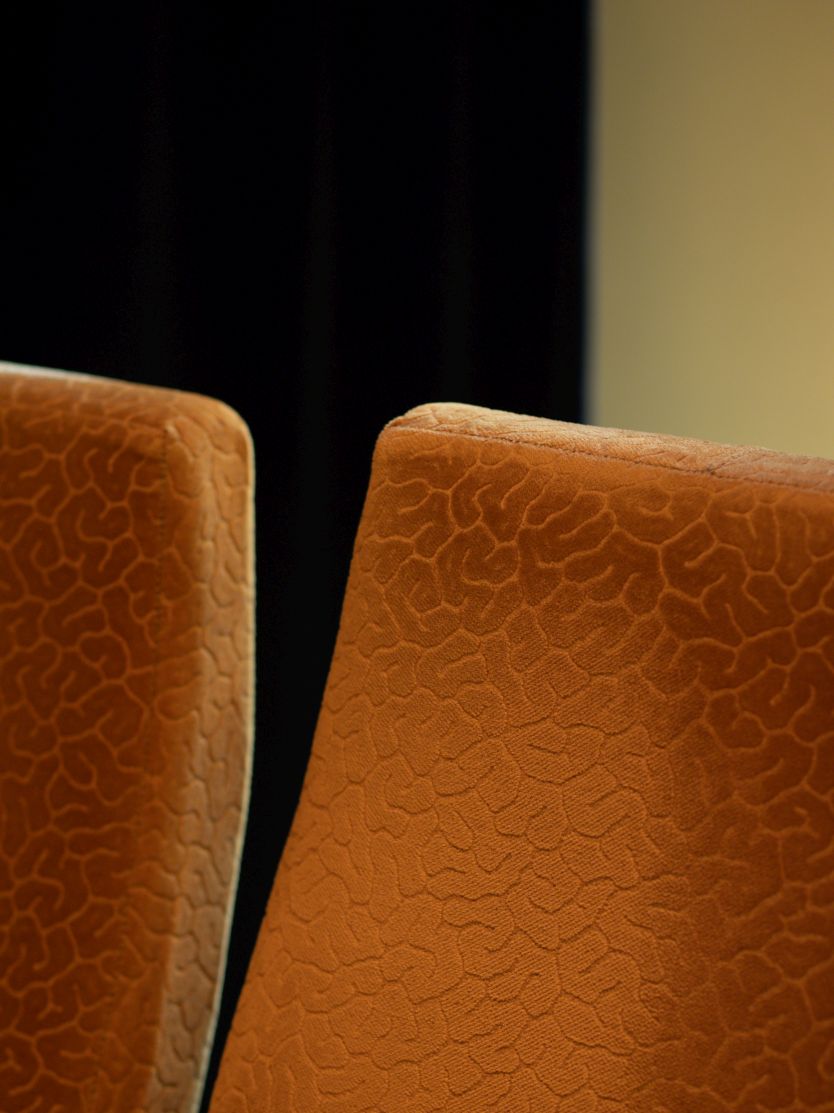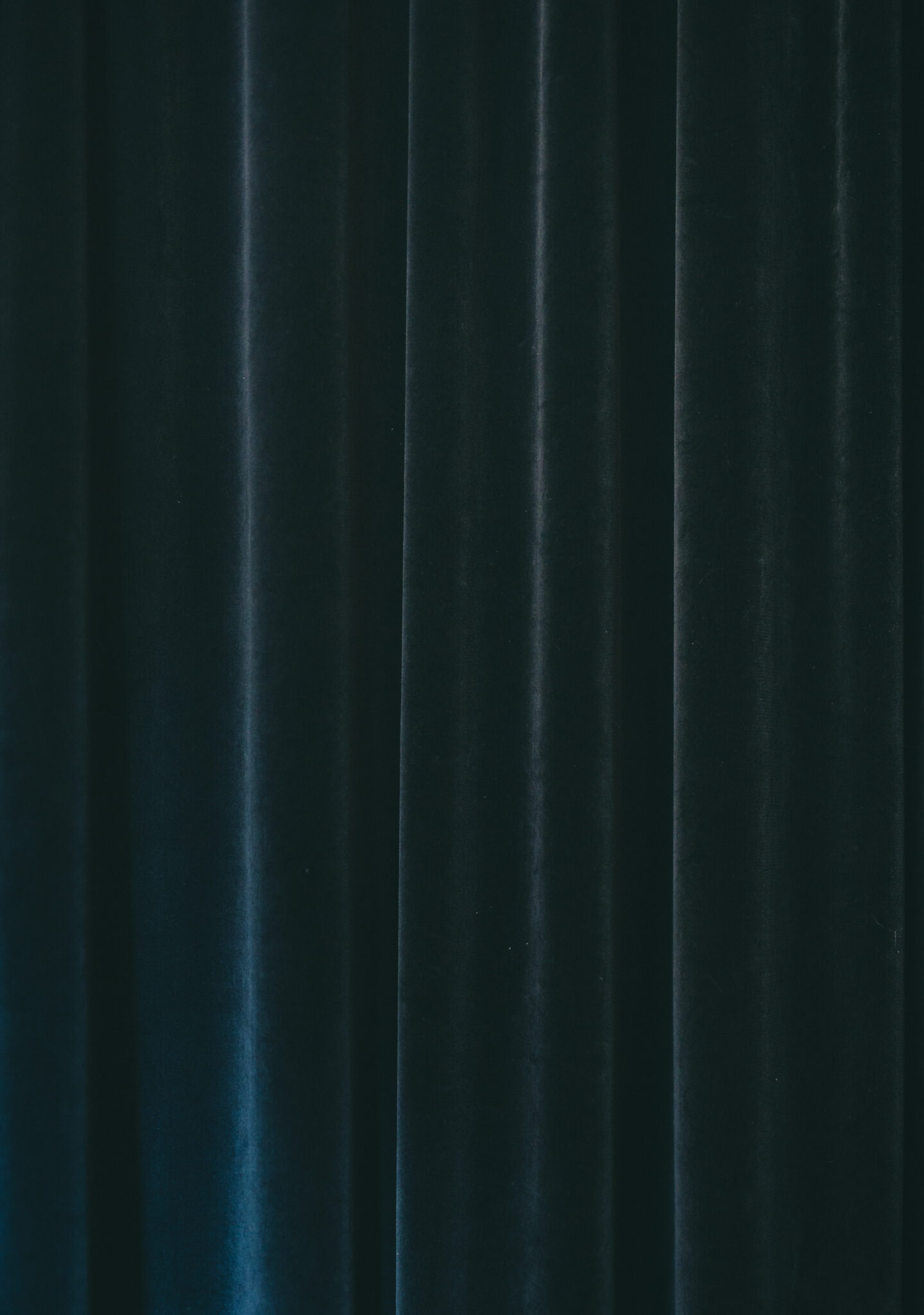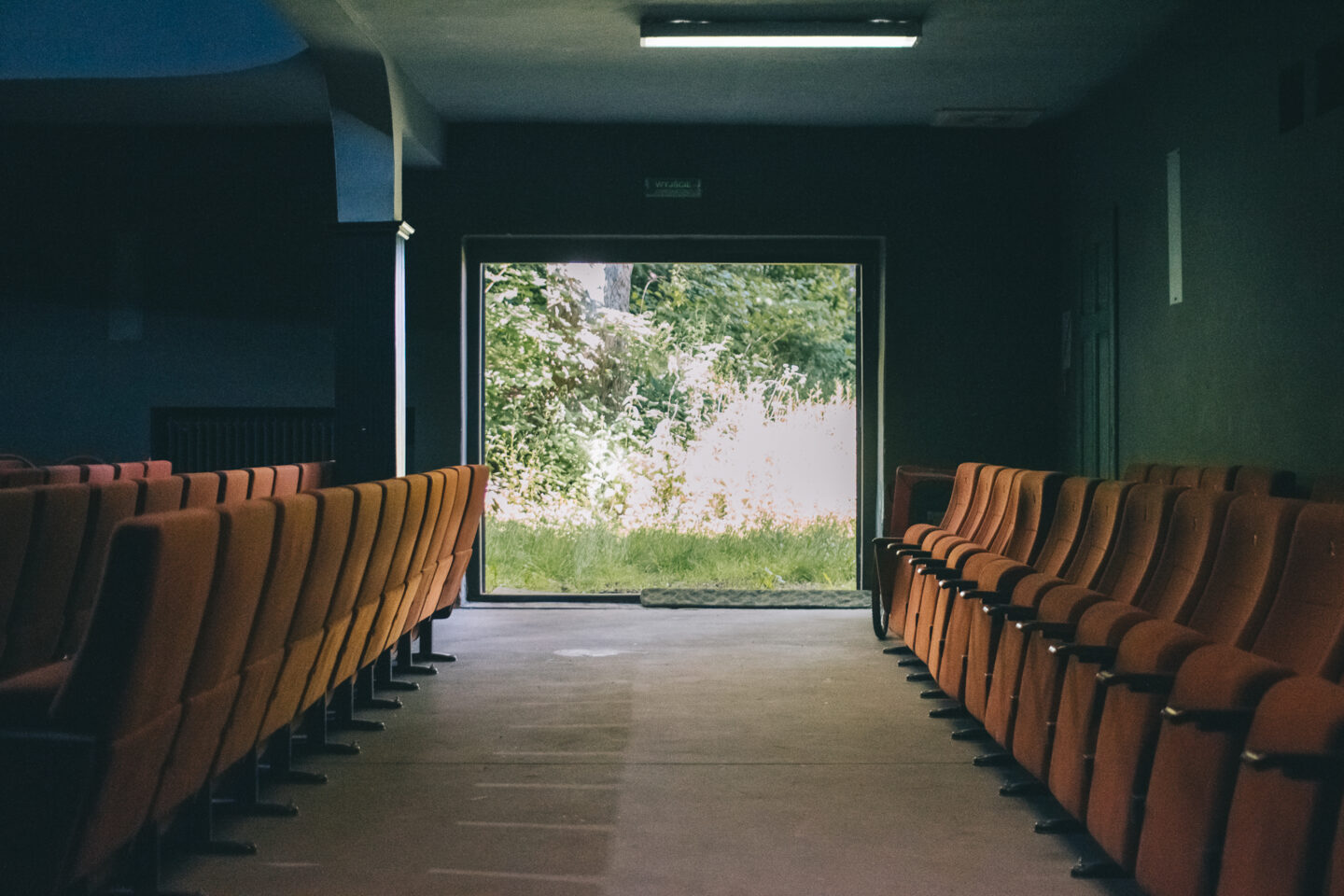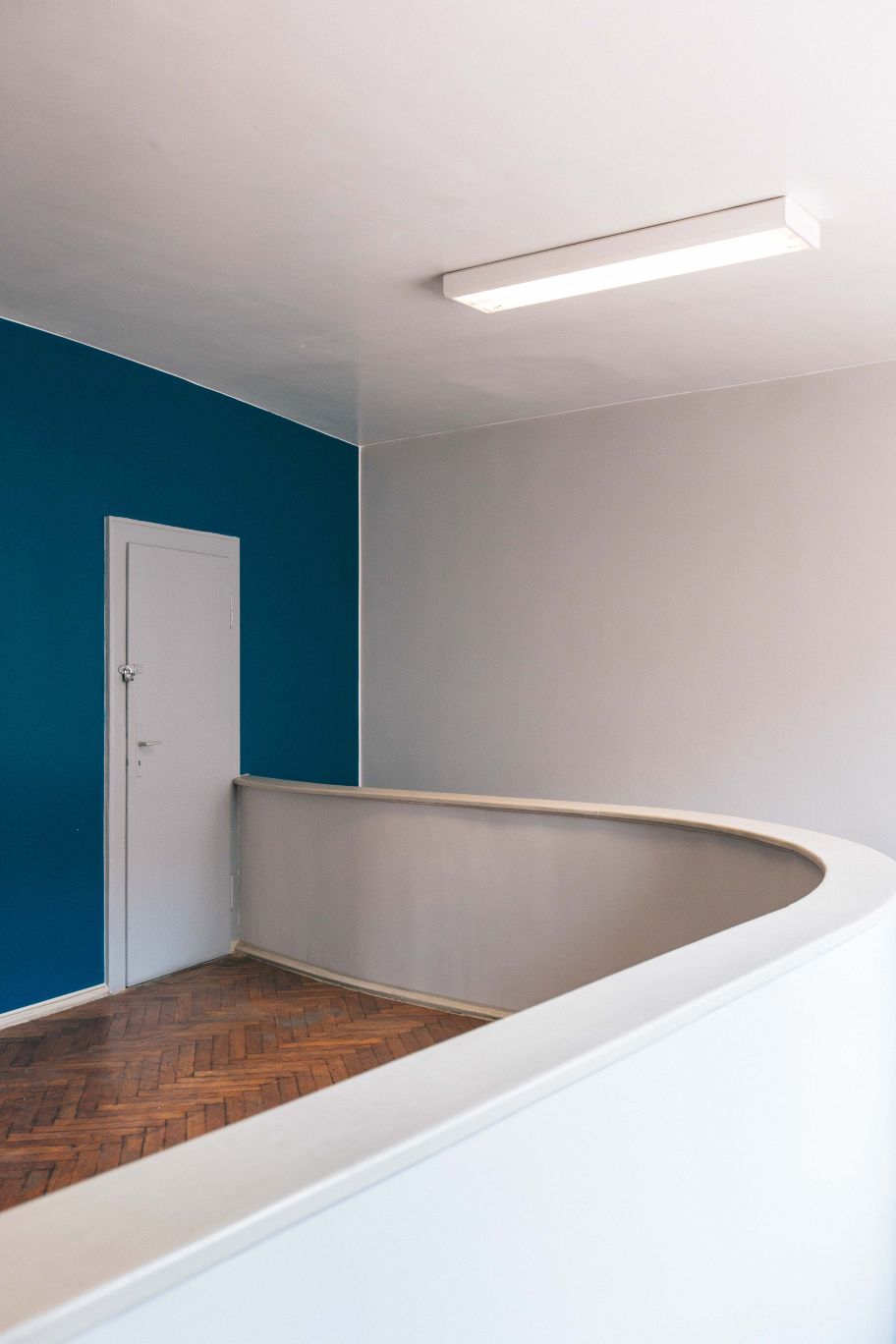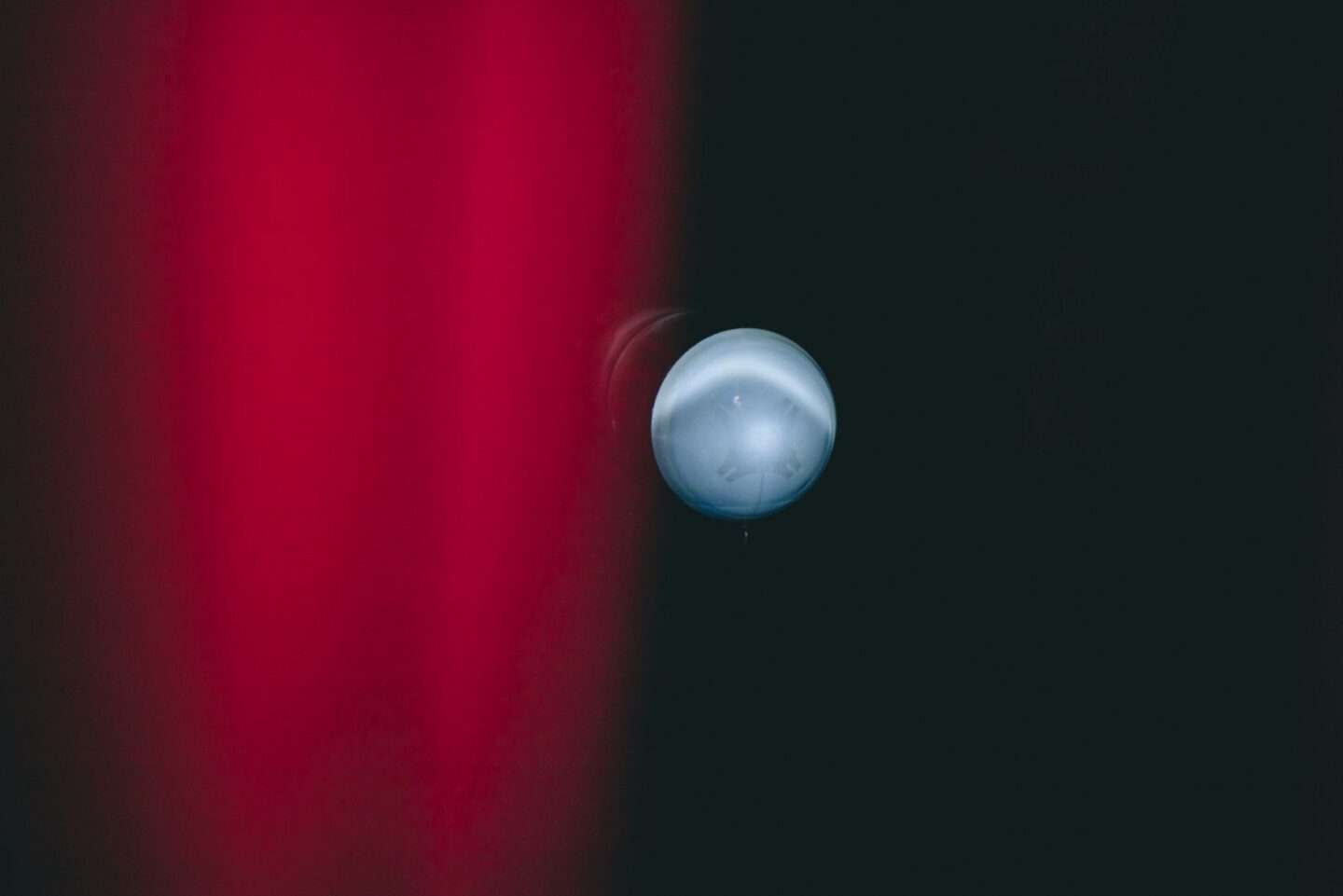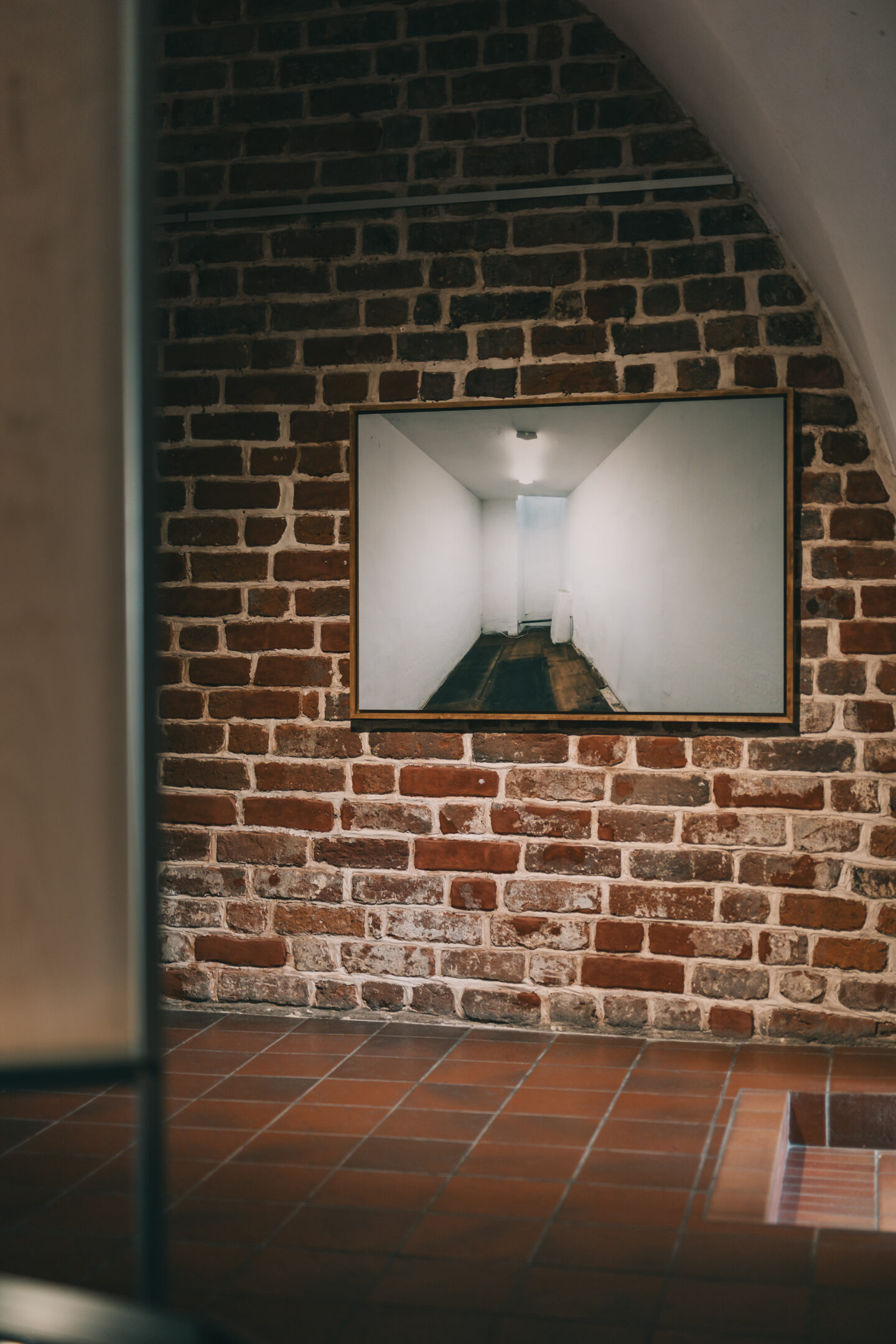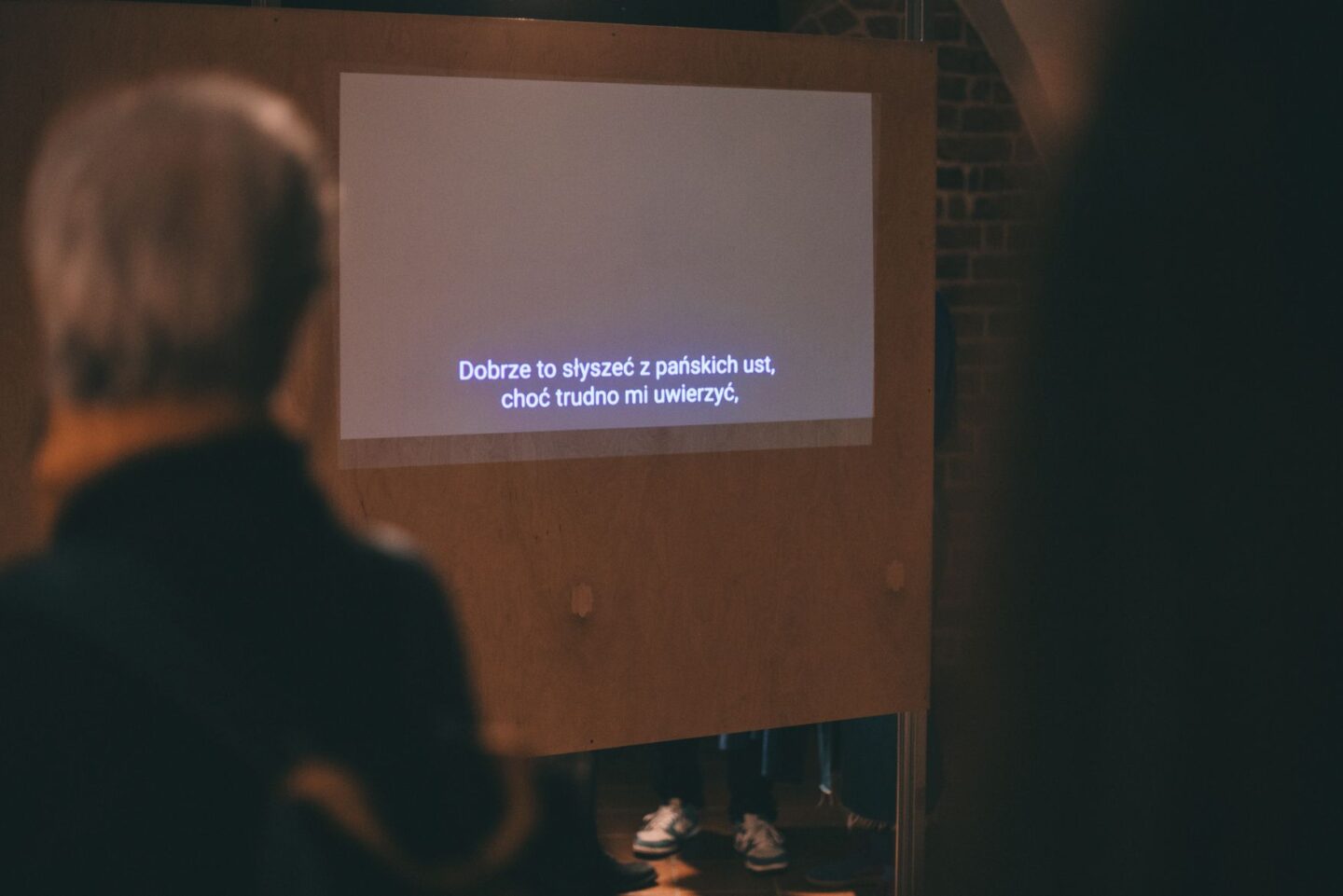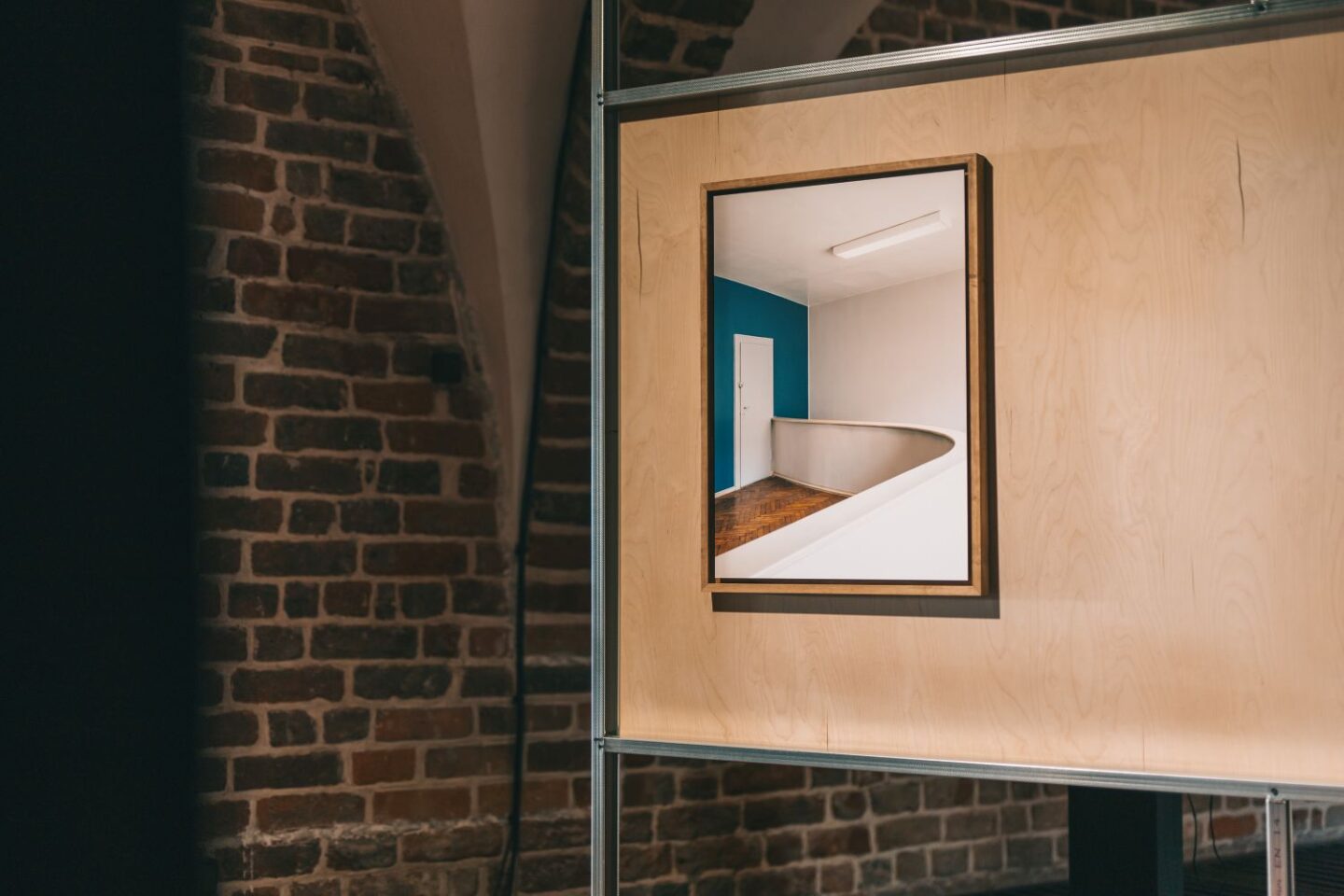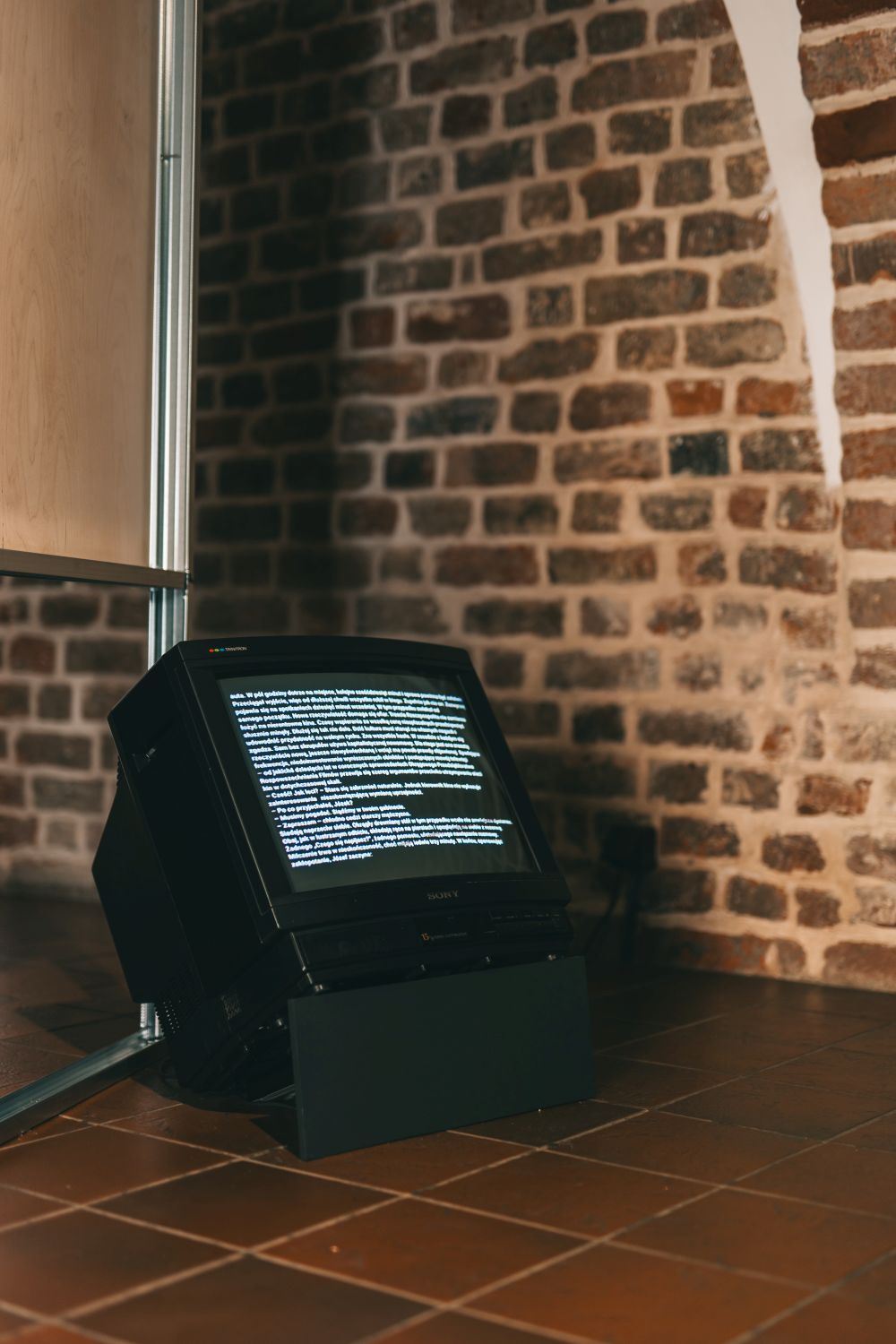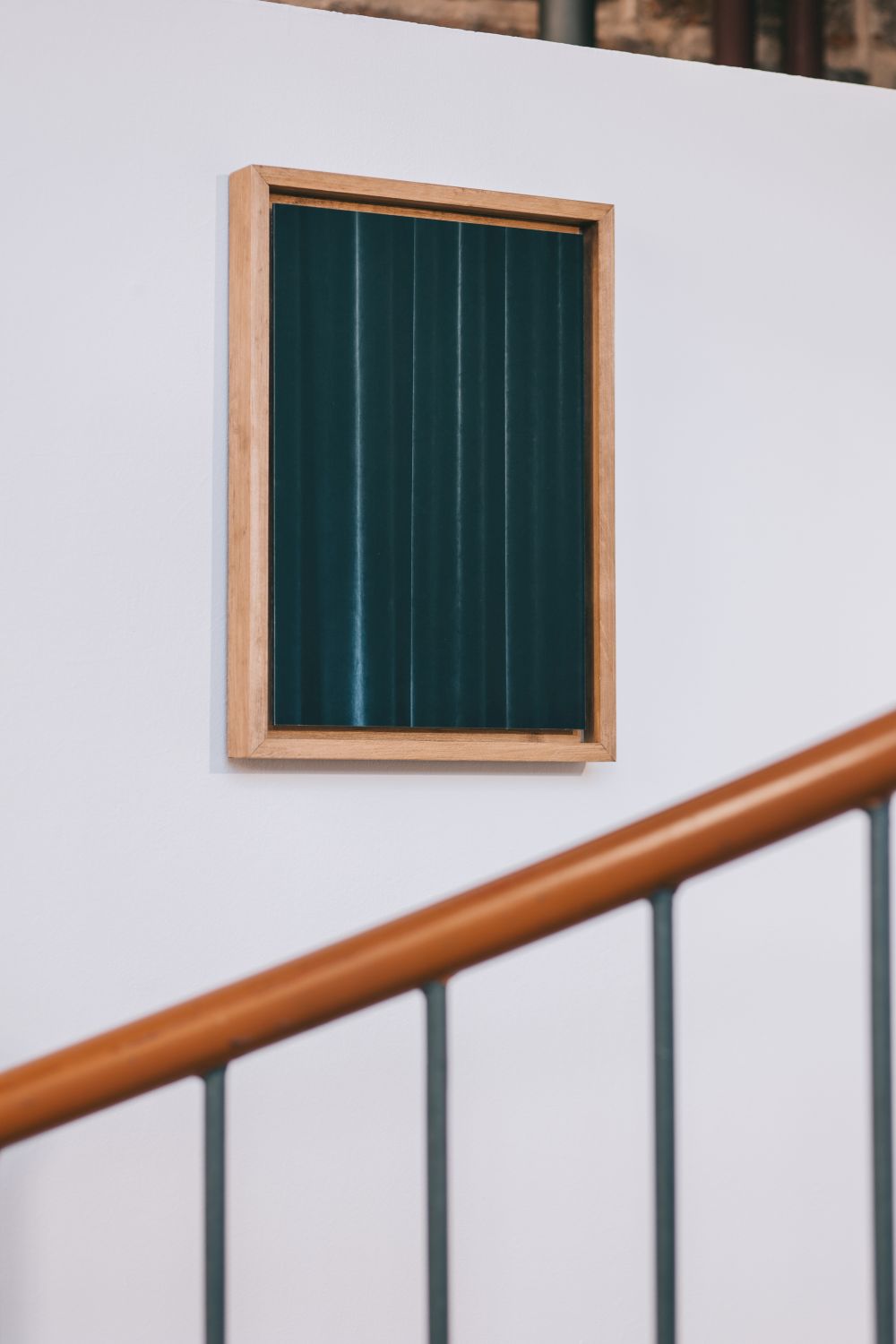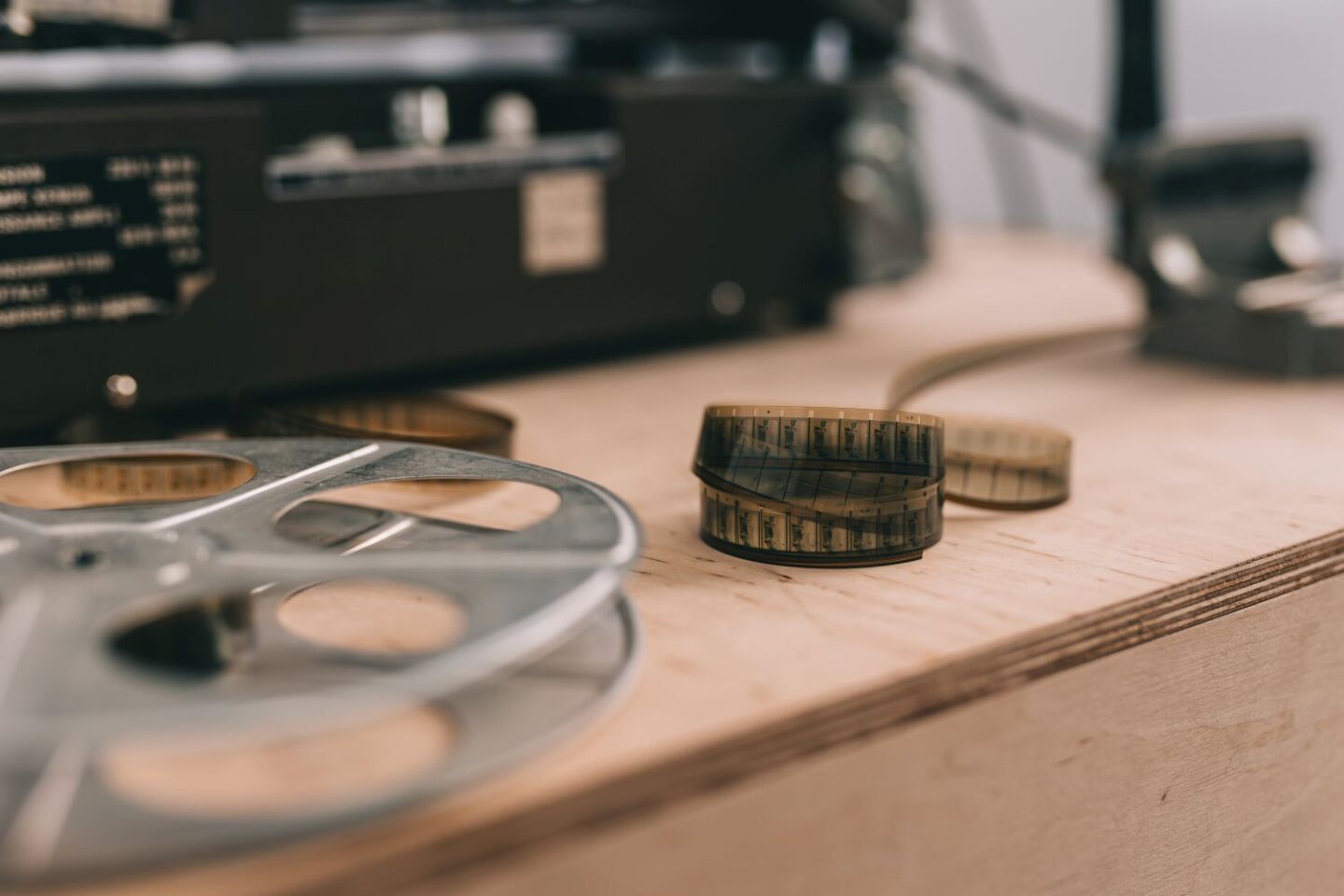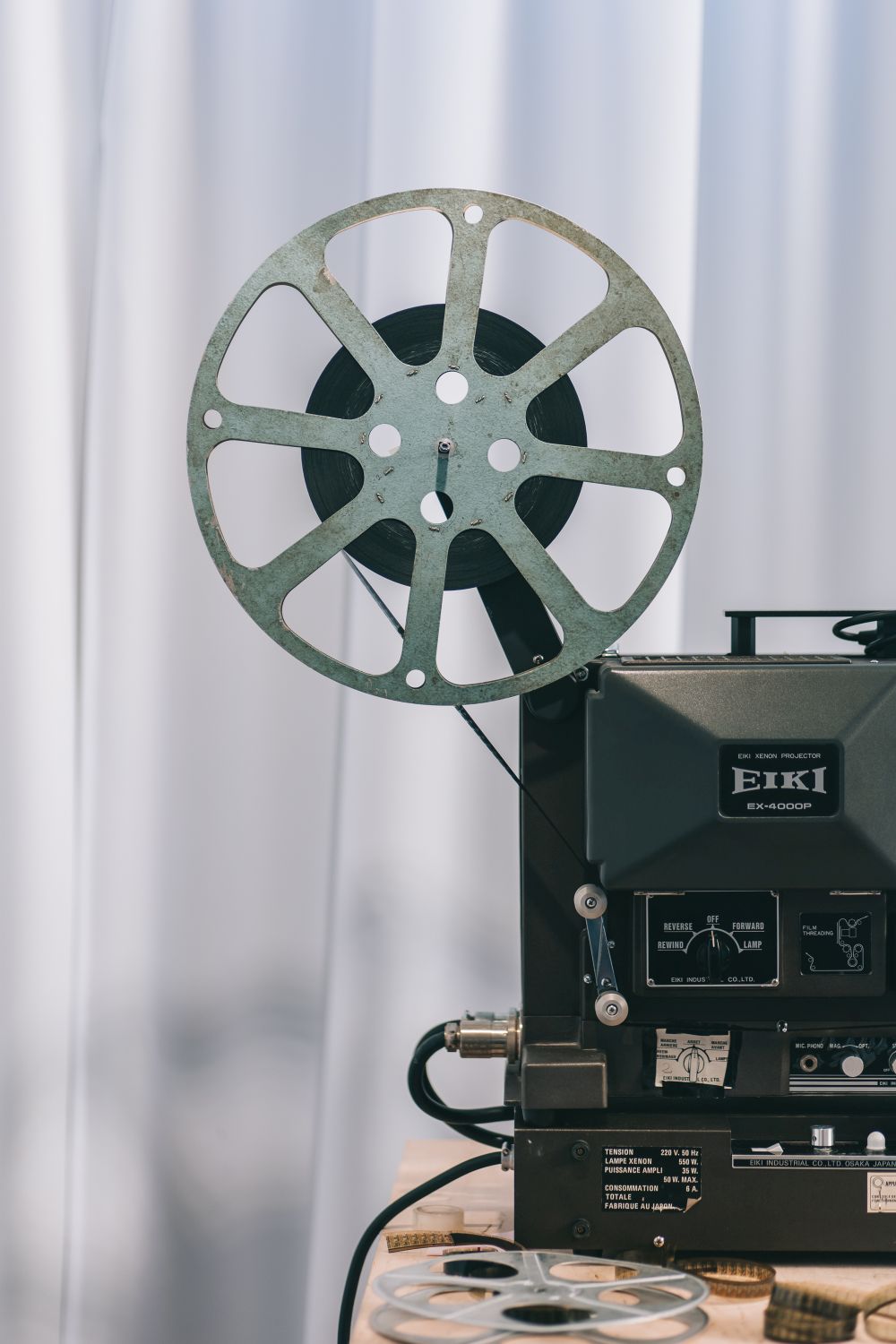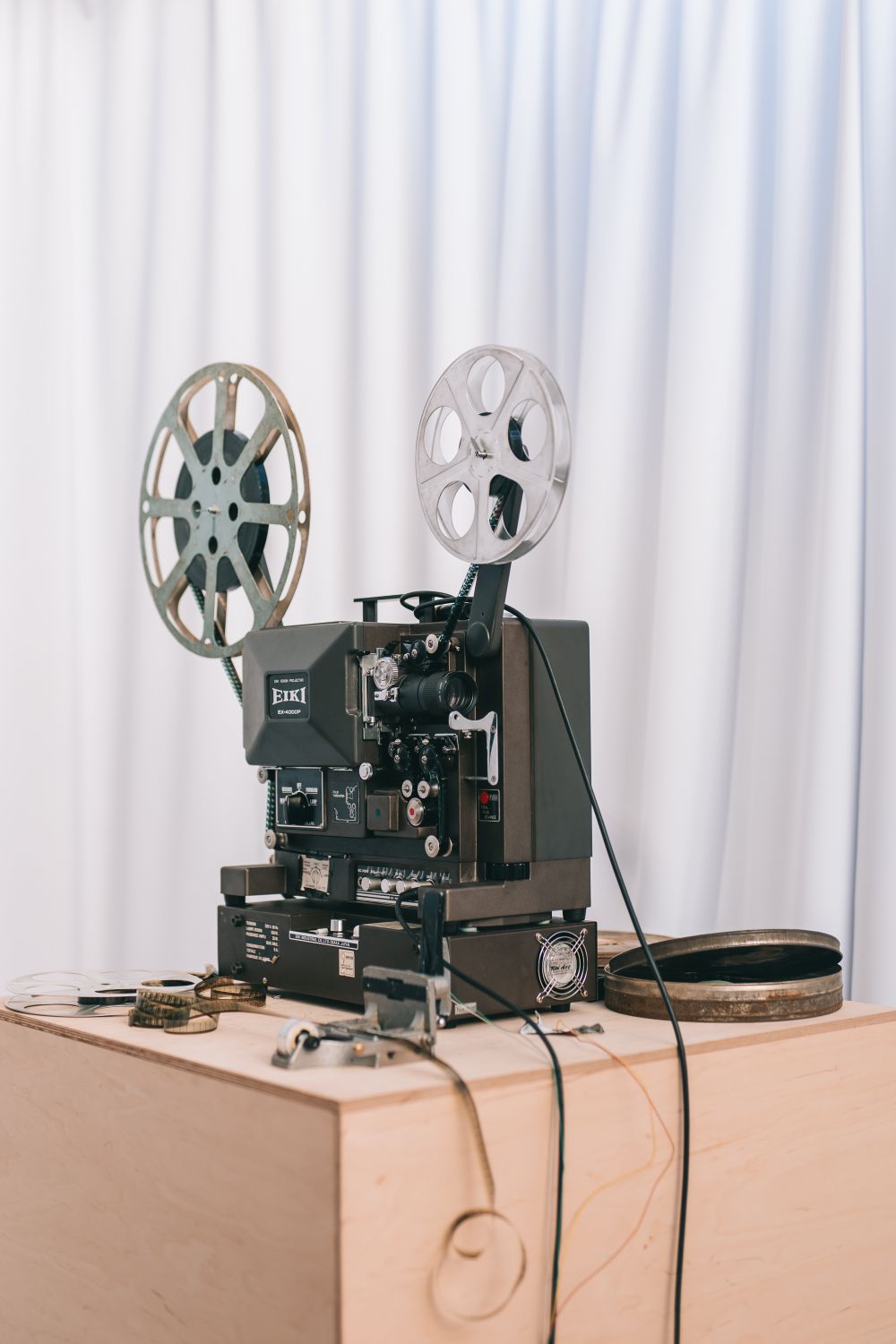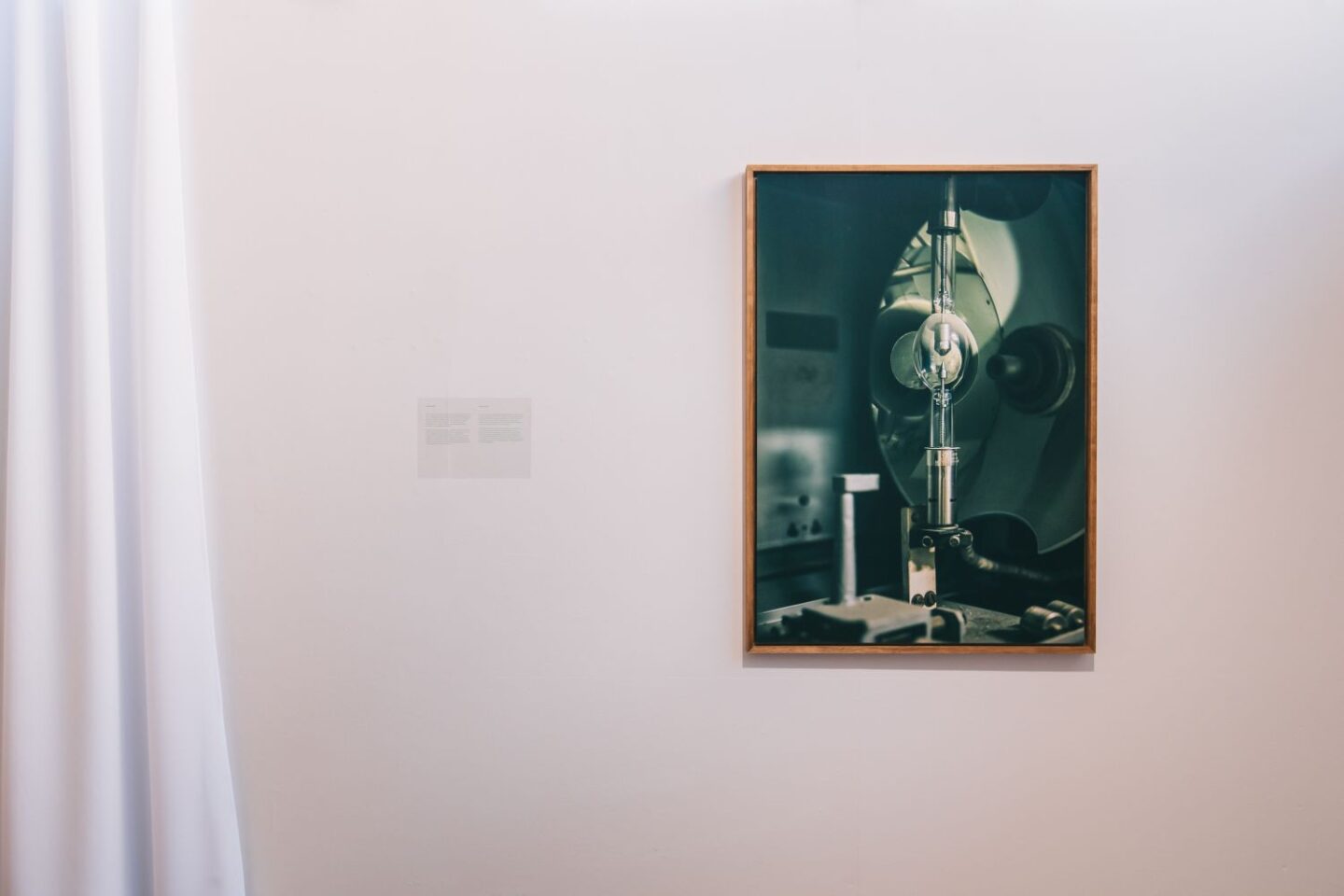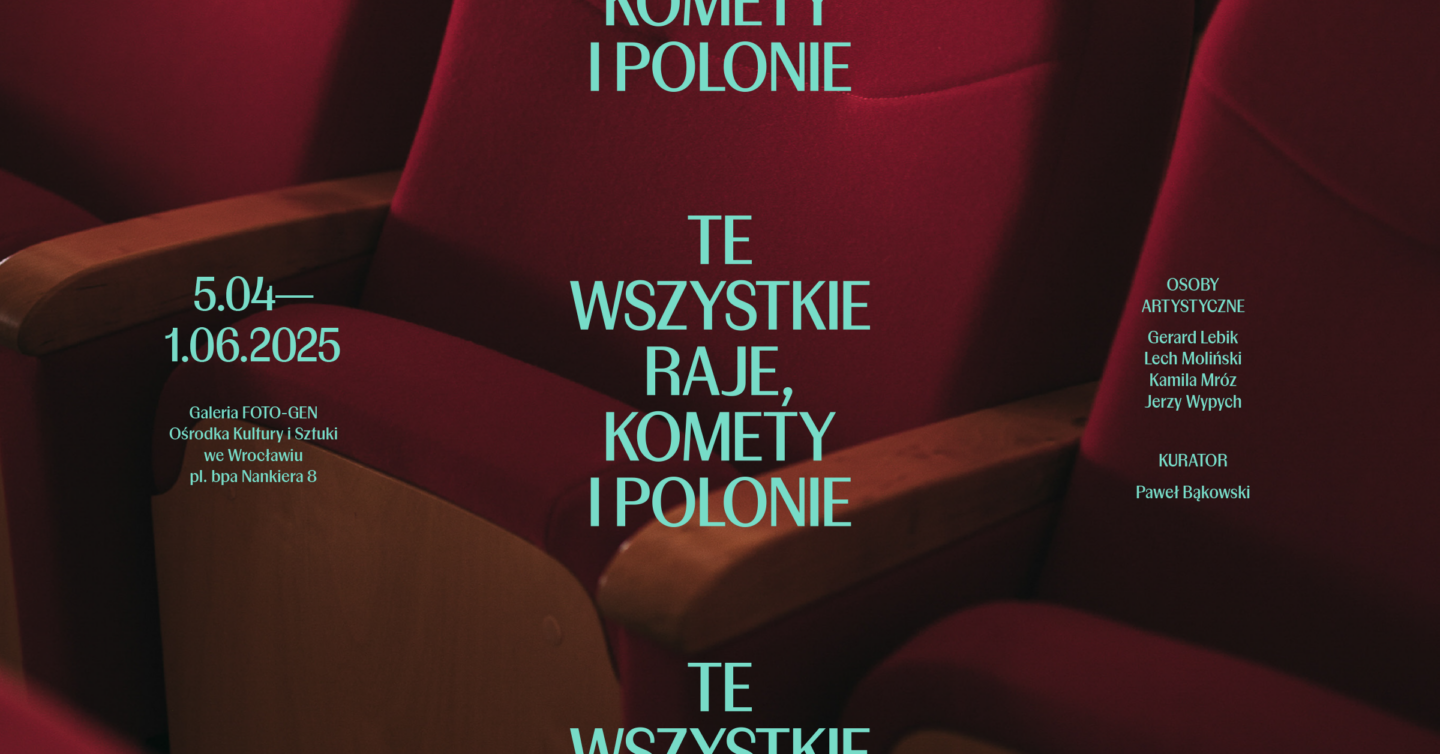
ALL THESE PARADISES, COMETS AND POLONIAS
The 20th century belonged to film. Both in terms of artistic exploration and in the context of being the most popular form of mass entertainment. For most of that century, film was inextricably linked to the cinema hall. In order to experience the power of moving images, viewers had to leave their homes and go to a specially adapted screening space.
For years, the landscape of cities, towns and even villages was shaped by single-screen cinemas — intimate, often family businesses, building the film identity of local communities. They were not only meeting places, but also spaces that strengthened social bonds and provided unforgettable emotions to successive generations of viewers.
The way in which film was received changed gradually — first due to television, then the video and DVD revolution, and finally under the influence of streaming platforms. Small cinemas began to be replaced by multiplexes, and the times when almost every town in Lower Silesia had its own cinema are gone.
Four artists — Gerard Lebik, Lech Moliński, Kamila Mróz and Jerzy Wypych — will take up the subject of the post-war fate of cinemas through various media: sound, text, installation and photography.
When you look at cinema as a phenomenon that goes beyond the story and the screen, you can also see the technology, the matter, and the multi-sensory experience. It is the light cast by the projector, the sound concealed in the film track, the architecture of the cinema hall, and the physicality of the media on which the moving images are recorded. The exhibition “All These Paradises, Comets, and Polonias” explores the materiality of cinema, looking at its forgotten elements, from analogue image display technologies, through archival reels, to sound and architectural space — everything that gives it life.
Kamila Mróz reaches back to the beginnings of cinema technology, recalling the Crookes tube, a 19th-century invention that indirectly enabled the development of image display technology. The electron beam discovered in these early experiments led to the creation of cathode ray tubes, forming the basis for the first television screens and cinema projectors. Mróz’s artistic object is a variation on this groundbreaking discovery and a reminder that cinema begins with light and physics.
Lech Moliński gives voice to history itself — recorded in everyday scenarios and in the changes that left their mark on the cinemas of Lower Silesia. His fictional short stories “Raj” and “Grażyna” show how film gradually left cinema halls and entered homes — first through television, then VHS, DVD, and finally through streaming. The stories are narrated by Tomasz Orlicz, a legend of Wrocław’s voice-over world. His voice has accompanied viewers since the 1970s, leading them through successive eras of the film medium.
Jerzy Wypych explores the cinema space as an archive of memory. His photographs document cinemas in the region, focusing on details — the walls, seats, projection corridors — in which the emotions of past screenings are recorded. The cinema is not just a place of projection, but a structure that preserves memory.
Gerard Lebik, on the other hand, focuses on sound traces recorded in film. In a work inspired by the 16mm system, which has enabled independent filmmakers to make films since the 1920s, the artist reaches for forgotten film reels. Their sound layers — distorted and transformed by time become the basis for a sound composition that recreates the soundtrack of a film that was never made.
Each of these works reminds us that cinema is not merely a moving image, but also matter — media, devices, light and sound, which together create a film experience.
The exhibition is a preview of the book, All These Paradises, Uprisings and Dawns. About small cinemas of Lower Silesia, by Lech Moliński and Jerzy Wypych to be released in July 2025, published by Wydawnictwo Warstwy.
Curator:
Paweł Bąkowski
Partners:
Dolnośląskie Centrum Filmowe, Wydawnictwo Warstwy, Wrocławski Dom Literatury, Kino Nowe Horyzonty
Technology partner:
QPrint
Visual identification:
Grupa Projektor
Accompanying program:
Aleksandra Tews
Translations:
Christa Conklin
Proofreading:
Monika Wójtowicz
Exhibition realization:
Michał Perucki
This project was co-financed from the budget of the Lower Silesian Voivodeship Government
Gerard Lebik — composer, improviser, sound artist and curator working in the field of experimental music and sound art. In his works he focuses on phenomena such as perception and propagation of sound waves, time disturbances, psychoacoustics and the relationship of sound with architecture and urban space. He is a graduate of the Academy of Music in Wrocław.
Lech Moliński — journalist, film culture animator, co-founder and president of the Wrocław Film Foundation, lecturer at the Warsaw Film School. Initiator and co-organizer of many activities in Wrocław and Lower Silesia. Curator of the exhibition “Tu nie wywczas, tu film. 70 lat Wytwórnia Filmów Fabularnych we Wrocławiu” (Theatre Museum, 2024). Co-author (with Jerzy Wypych) of the books No One Calls, Everyone Remembers. Film Lower Silesia (Wydawnictwo Warstwy, 2022) and All These Paradises, Uprisings and Jutrzenki. About Small Cinemas of Lower Silesia (Wydawnictwo Warstwy, premiere in July 2025).
Kamila Mróz (born 1989 in Sosnowiec) — an artist specializing in artistic glass, creating light objects using neon production technology and the Plasma Art technique. A graduate of the Faculty of Ceramics and Glass at the E. Geppert Academy of Fine Arts in Wrocław, where she defended her doctorate in 2023 as part of the “Implementation Doctorate” program and where she currently works. In her work, she combines art with experimental physics, researching plasma discharges in noble gases as an innovative artistic medium.
In 2014–2016, she ran her own studio 550 degrees STUDIO in Łódź. She is the only artist in Poland working with the Plasma Art technique, which requires advanced skills in forming glass in a burner flame.
Kamila Mróz represents Poland in the international group “She Bends: Women in Neon”.
Her work balances on the border between light and matter. In her works, glass is transformed into a “living tissue” full of emotions and meanings. The artist treats this material as a “skin” connecting the external world with the internal one — glass becomes a barrier and at the same time a medium that filters emotions, allowing their flow and at the same time hiding their intimacy. The artist’s works have been presented at numerous group exhibitions in Poland and abroad.
Jerzy Wypych — visual artist, photographer, video creator and graphic designer. Graduate of cultural studies at the University of Wrocław and art mediation at the Academy of Fine Arts in Wrocław. Works at the intersection of reportage and creation. He deals with projects that oscillate around visual ethnography, spatial relations and landscape memory. At the same time, he implements artistic and commercial photography, graphic and film projects. Permanently associated with the Wrocław Film Foundation and Zakwas Studio. Co-author (with Lech Moliński) of the books No One Calls, Everyone Remembers. Film Lower Silesia (Wydawnictwo Warstwy, 2022) and All These Paradises, Uprisings and Jutrzenki. About Small Cinemas of Lower Silesia (Wydawnictwo Warstwy, premiere in July 2025).
5.04, 6pm
9.04, 6pm
26.04, 1pm
artist-curatorial guide
08.05, 6pm
17.05, 4pm-12pm
Night of Museums 2025


